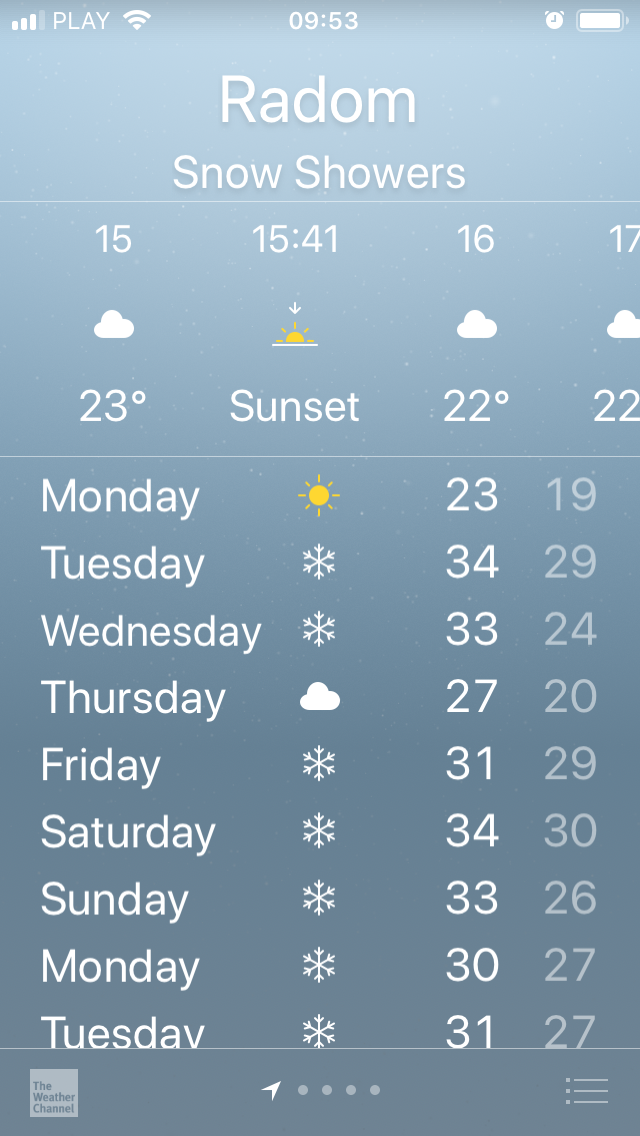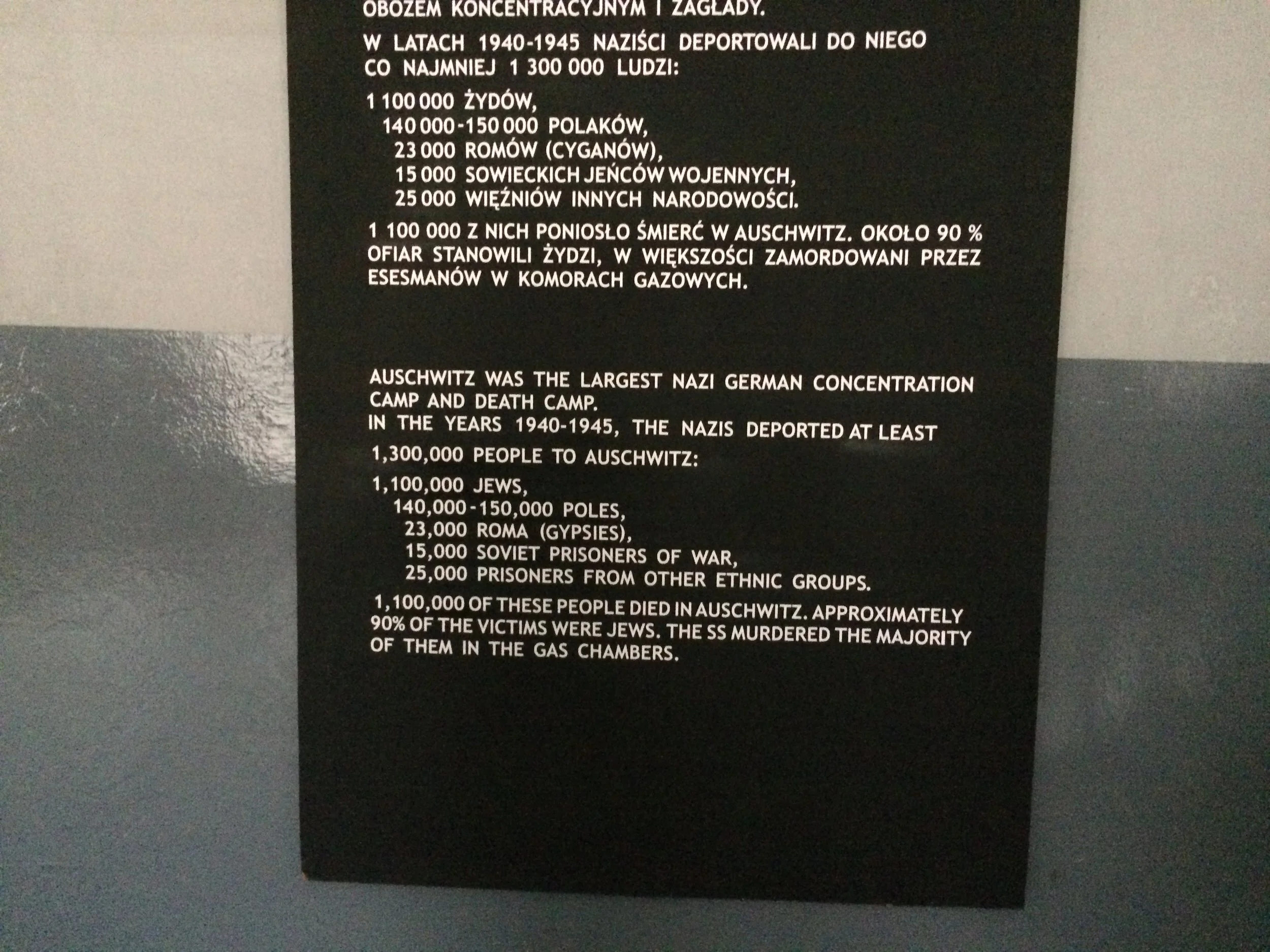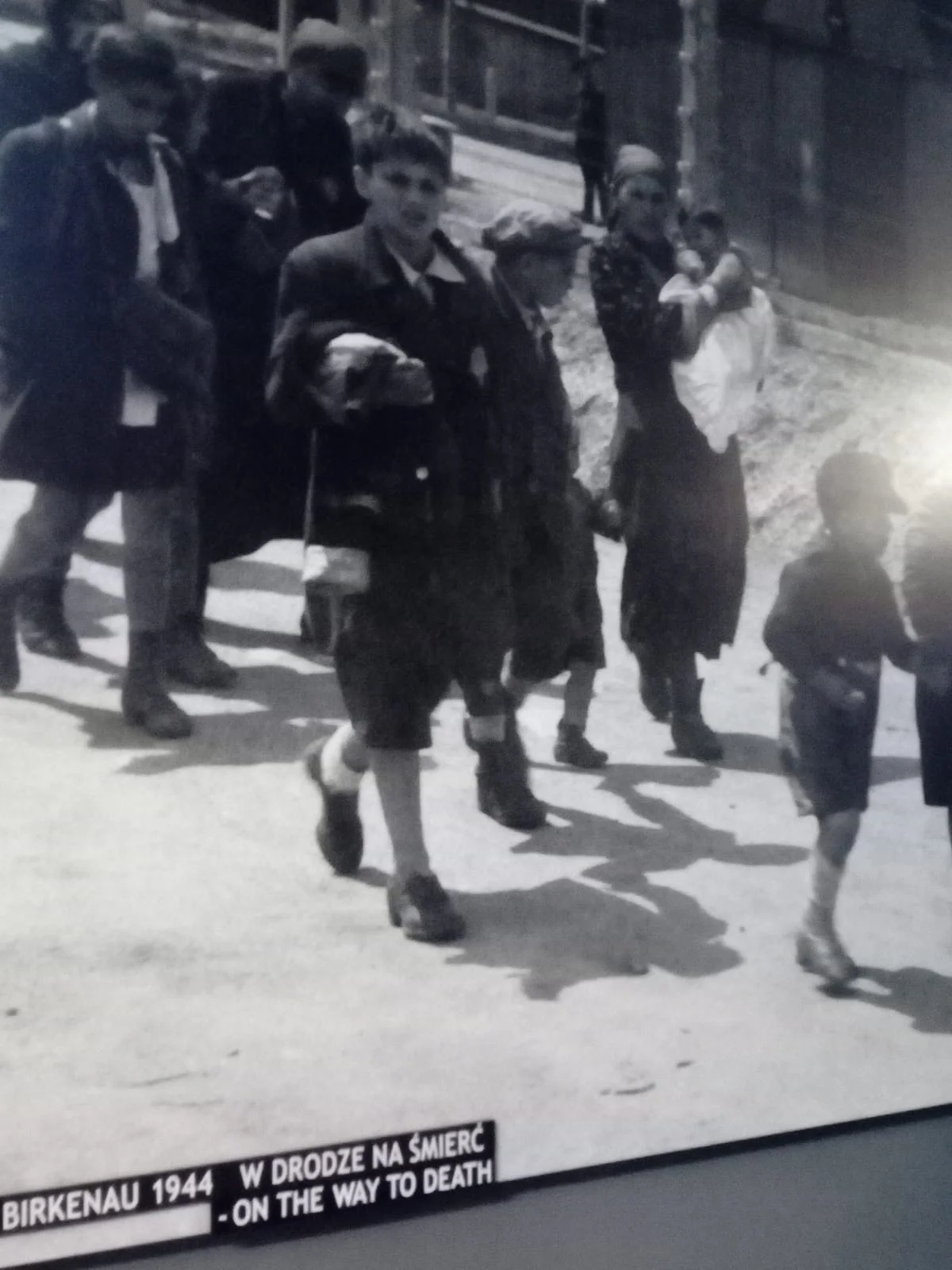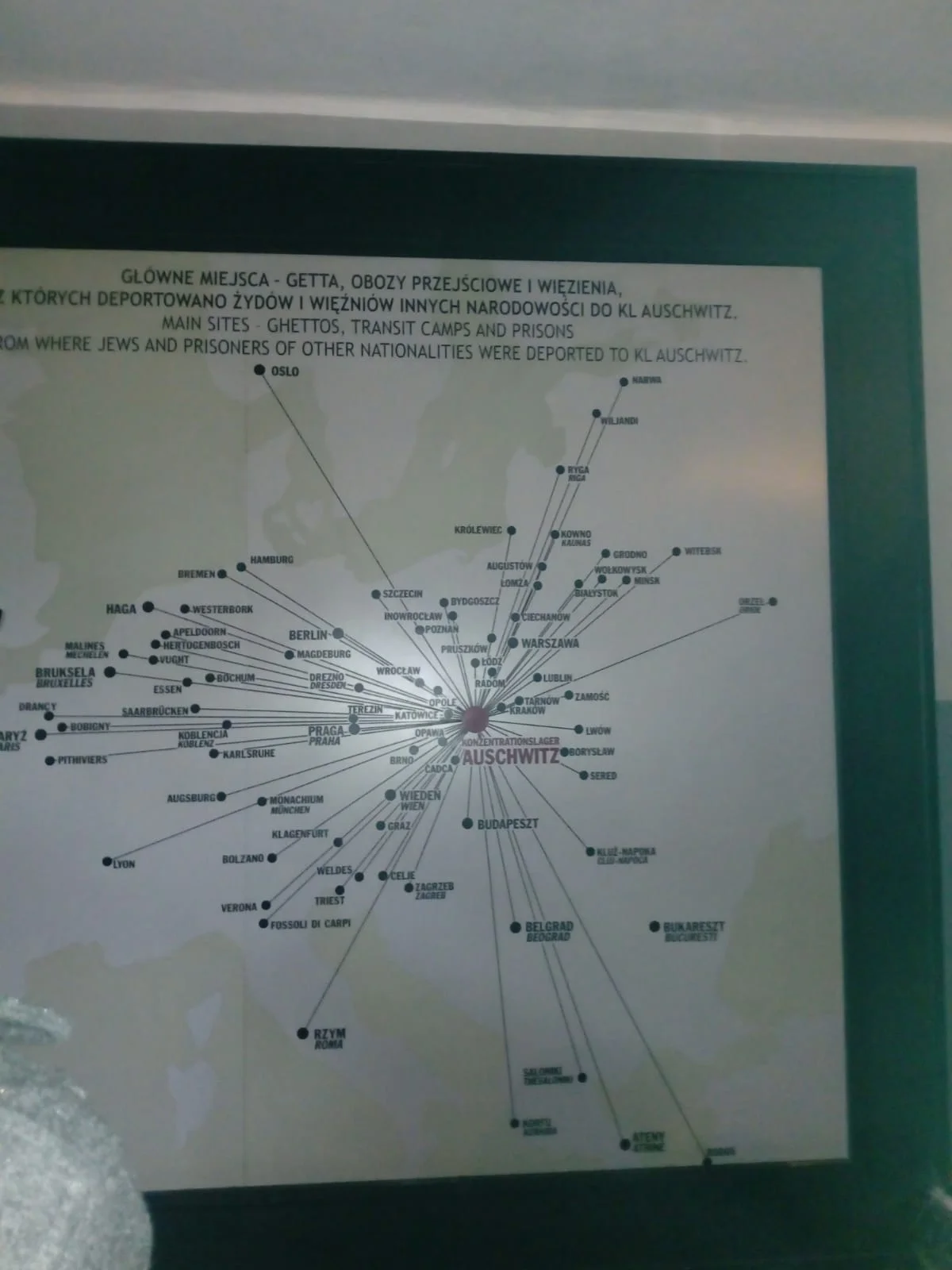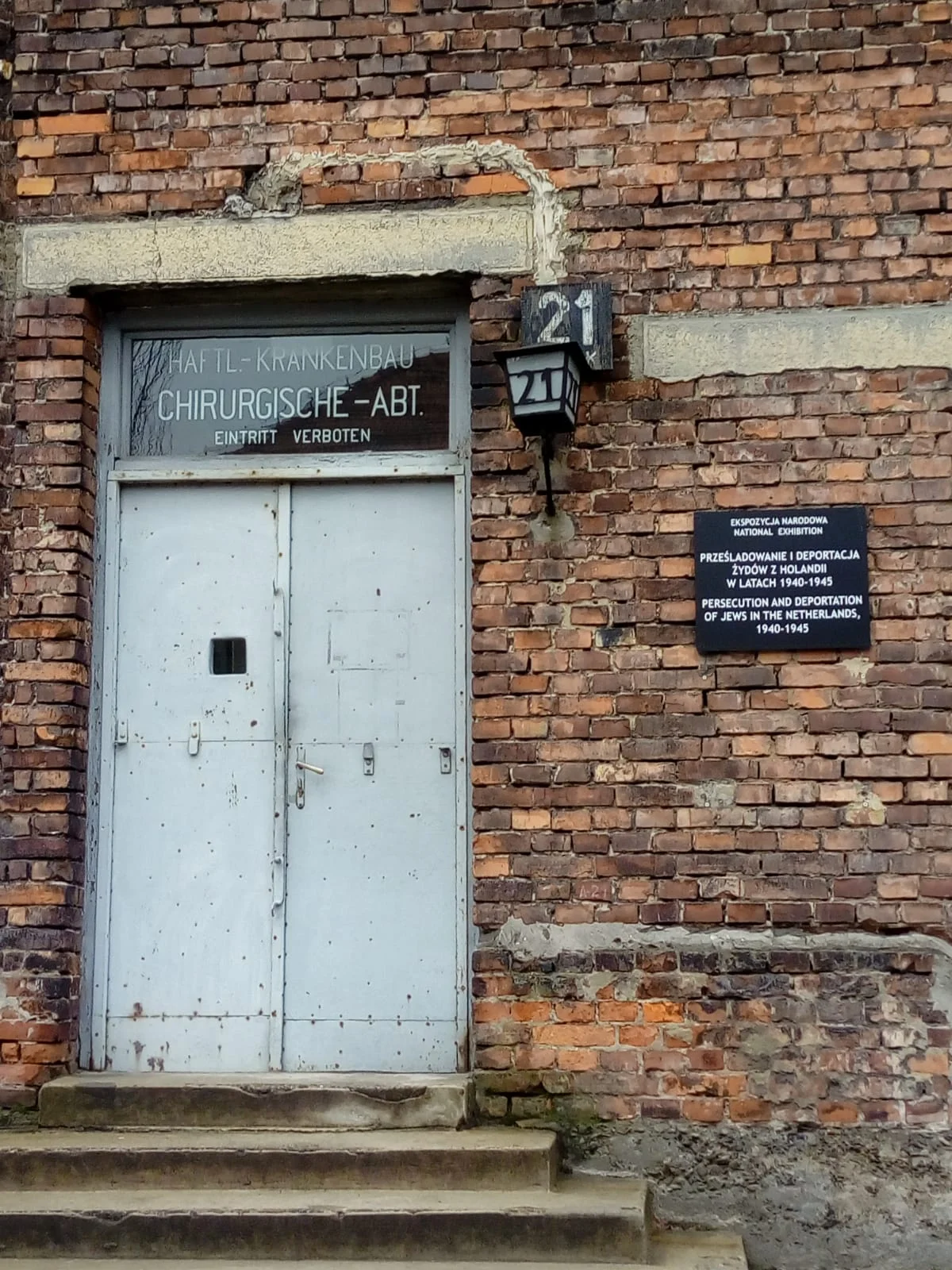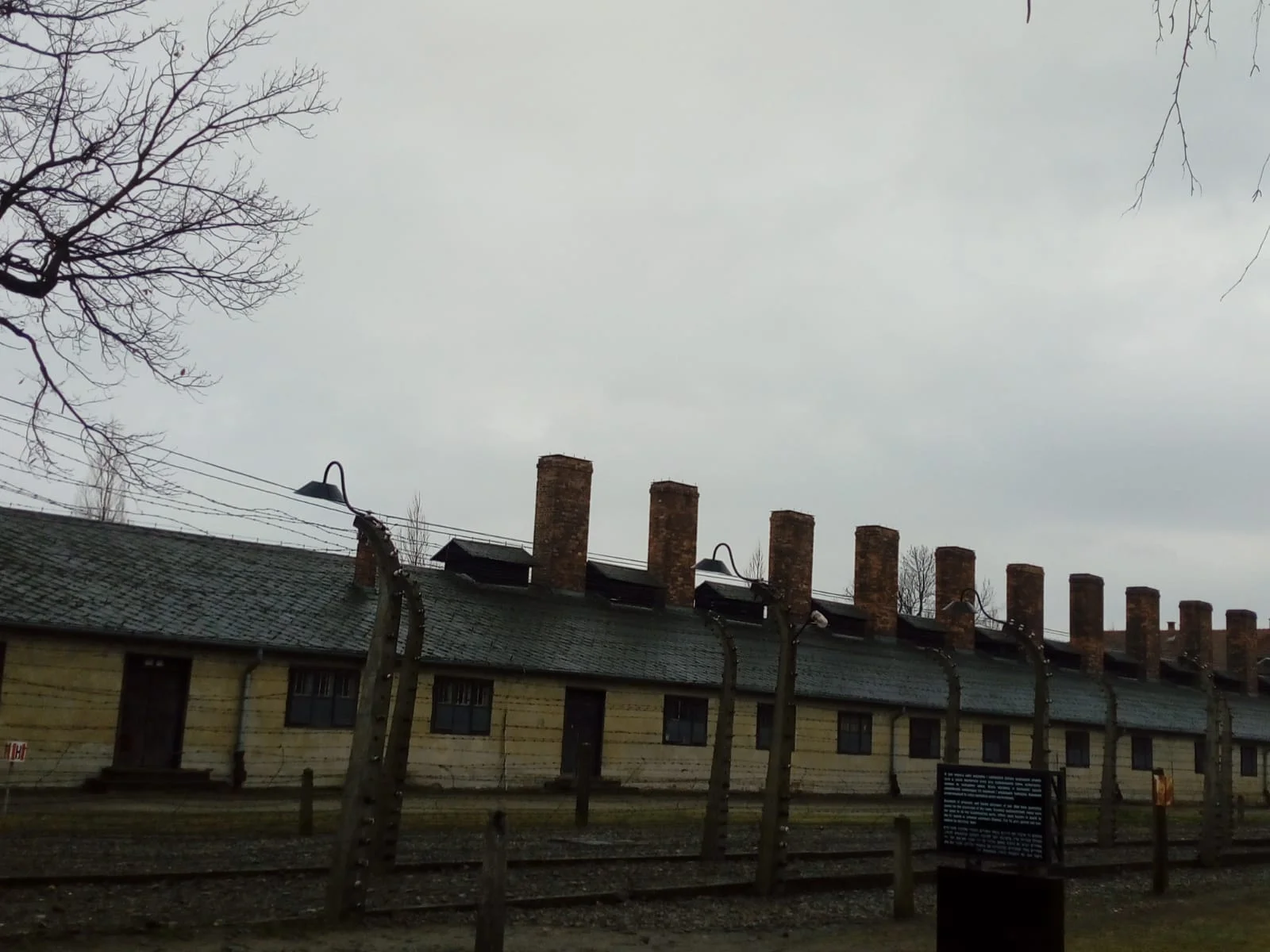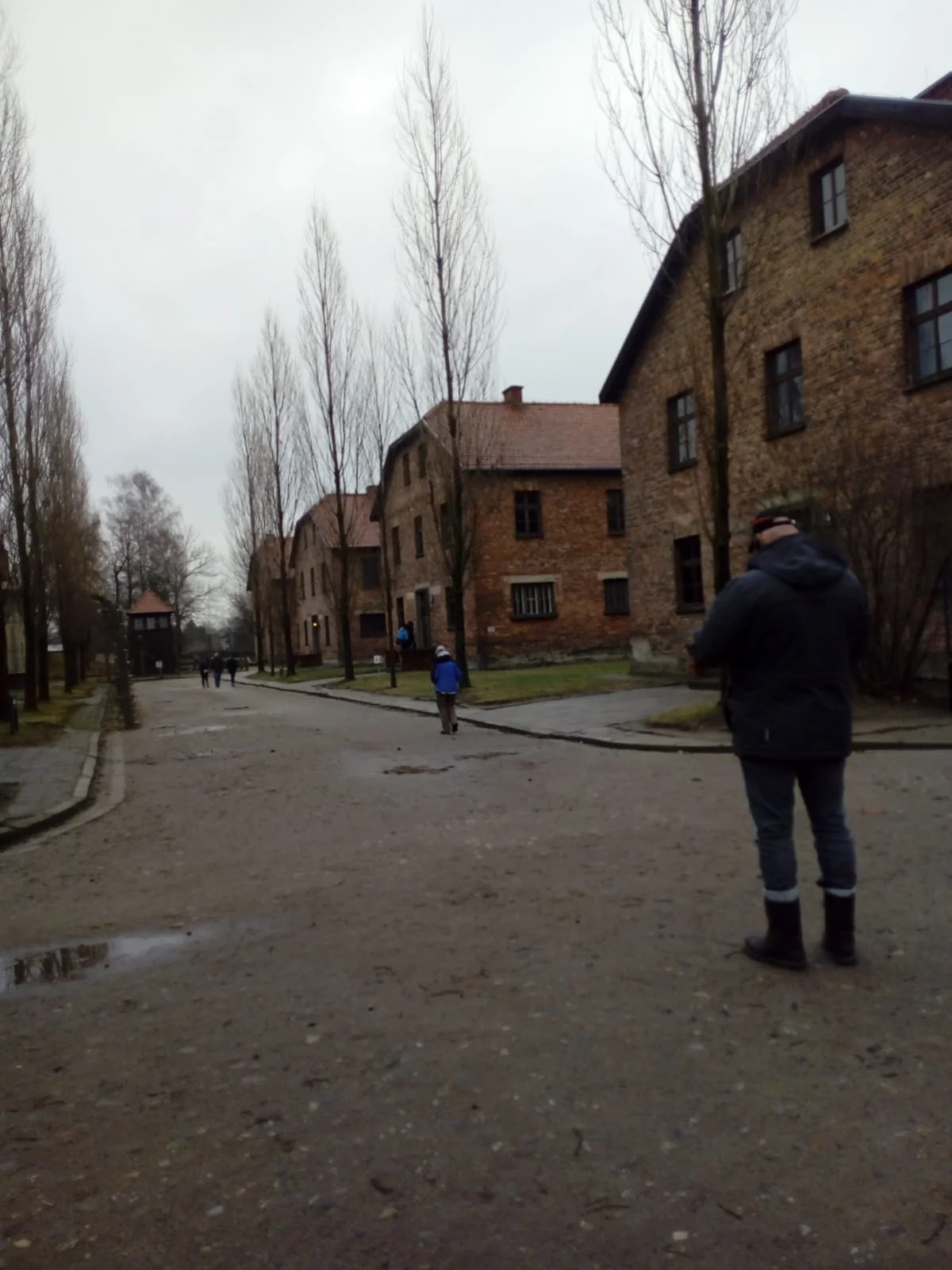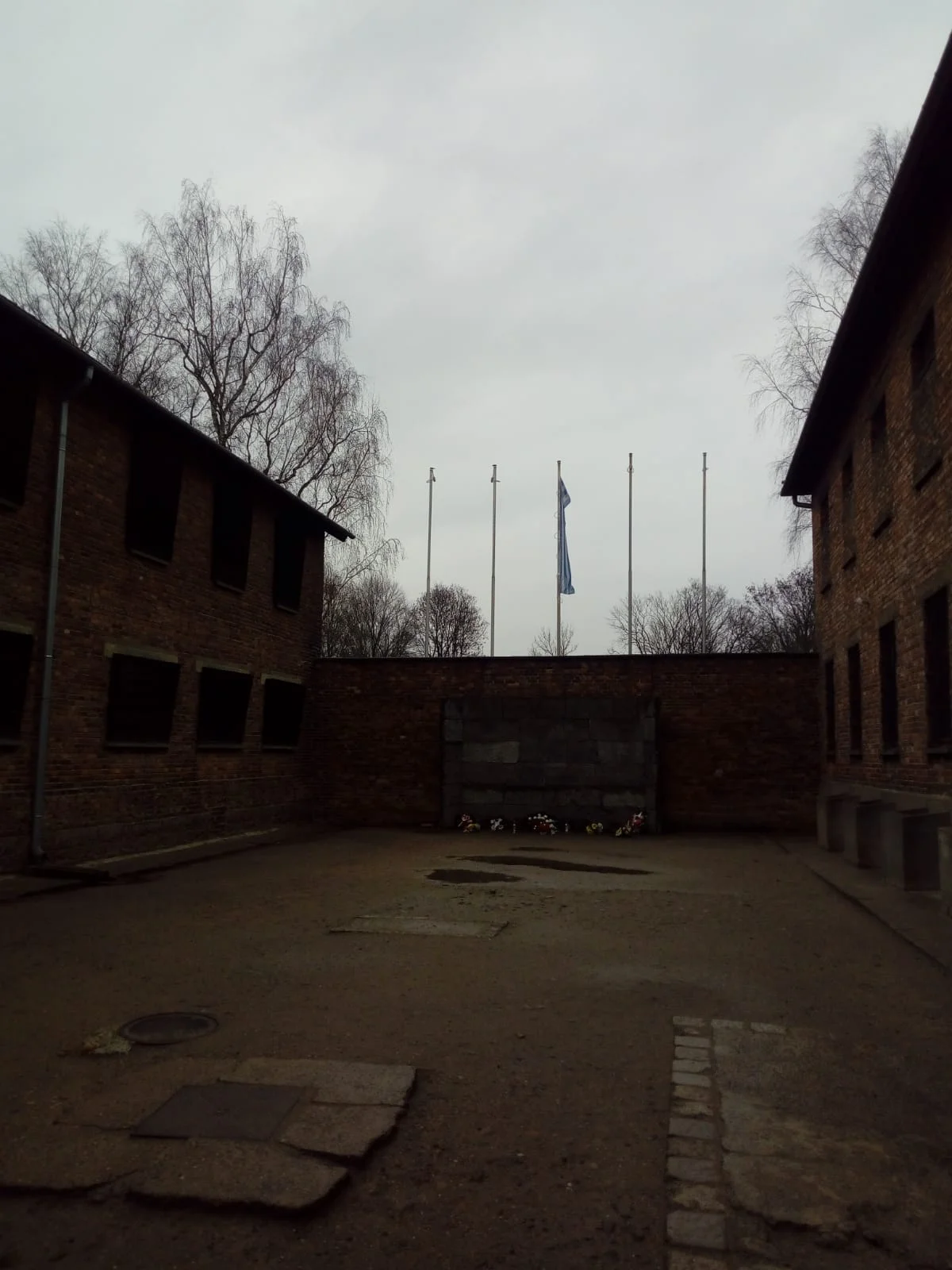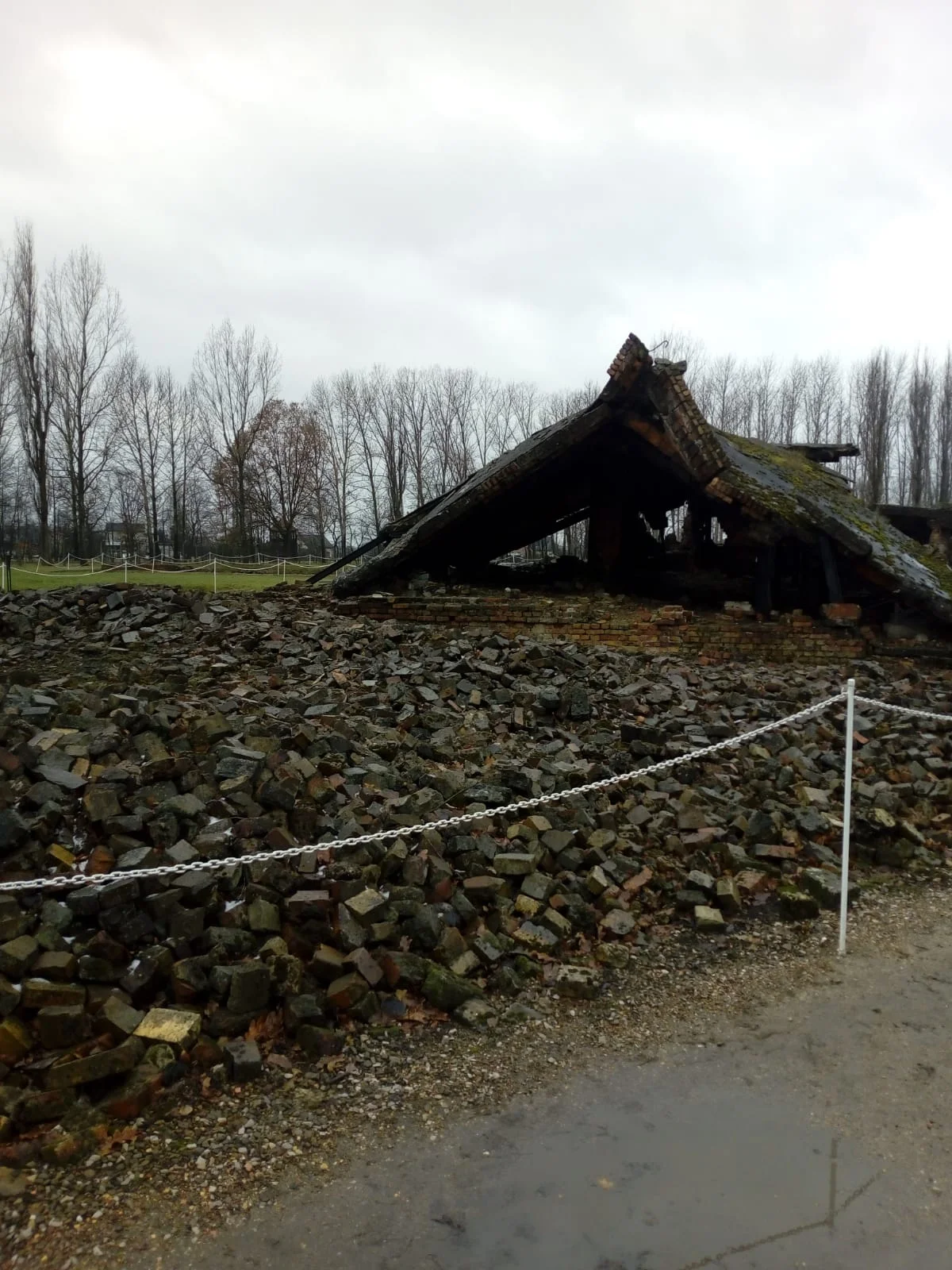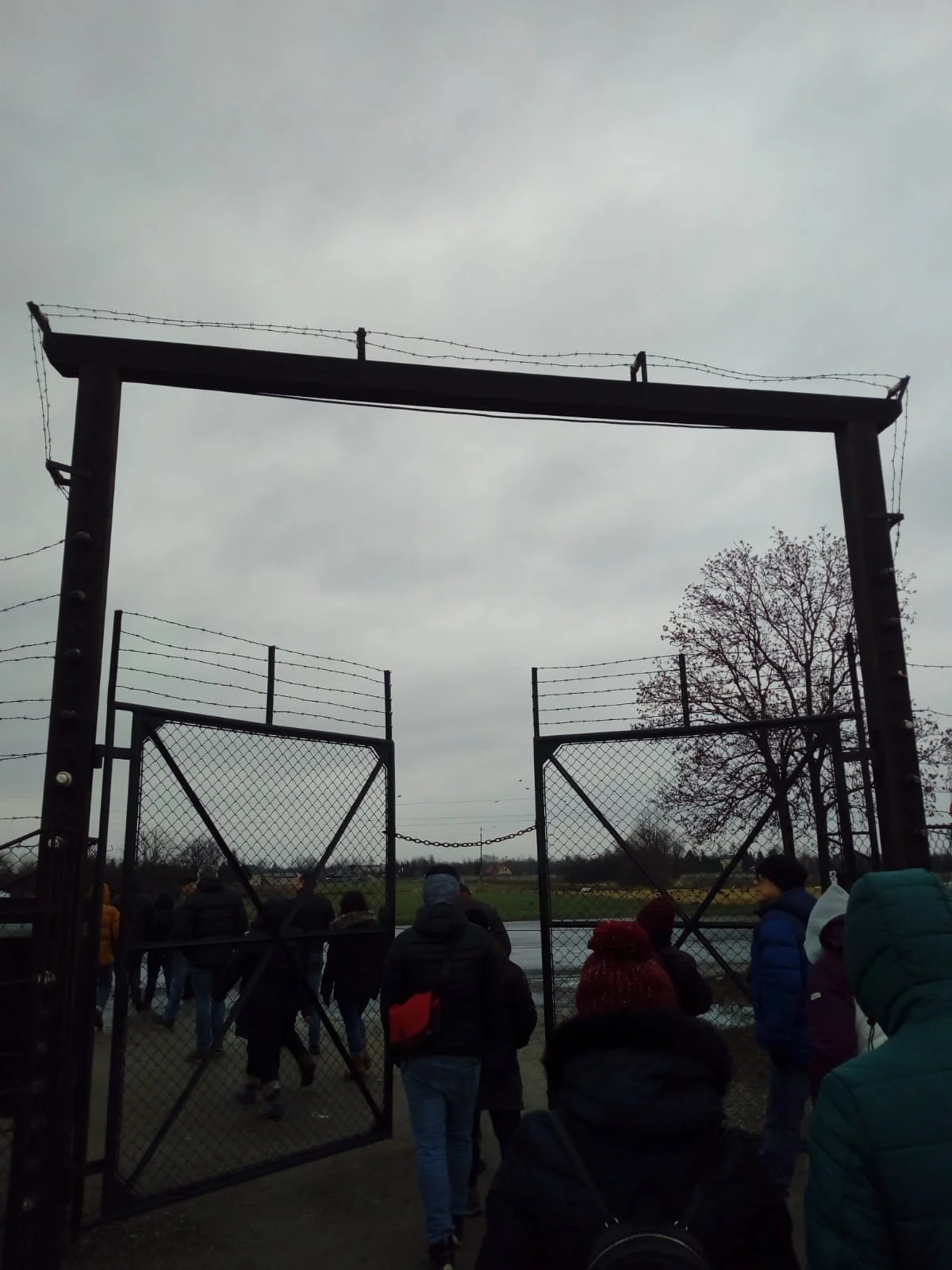From 3:27 on Dec 21 to 3:41 on Jan 6! Spring is barreling towards me like a freight train.
The ghost of New Years Past
Happy New Year!
It's New Year's Day, and as an American I feel compelled to make a list of Resolutions.
Google says that almost 50% of Americans make resolutions. A majority of people resolve to save money and/or lose weight/get into better shape. Only 8% of Resolutionists keep them.
(It's great business for gyms. Tons of new members in January, most of whom never return after Feb 15. If you signed a fixed term contract, this is like found money for the gym -- new cash flow with no wear-and-tear. But, I digress…)
My resolutions are simple and few this year.
Make sure 2019 is a happier year for me -- even if I have to fake-it-til-I-make-it.
Give 100% of my energy and leave no stone unturned in my effort to find the right (long-term!) employment opportunity for me in the right country.
Do right by my students - give them their money’s worth and make sure their English improves.through my efforts
Oh, and get into better shape.:)
I hardly knew ya
We got up, packed up, said goodbye to our cool apartment and caught the tram to the Glowny mall/station.
As we walked through the mall to the station in search of breakfast, Barb mentioned that the malls in Poland are better than the malls in Italy — something I’d suspected from my limited experience and now have confirmed by another American (and who knows malls like Americans??) who’s lived in Italy 13 years..
We found a nice Polish pastry and some hot chocolate, had our last minutes of chatting, and then Barb went to catch her train to the airport. I had 2 hours to kill, so I went to the yarn shop.
I was happy I’d sprung for a first class seat and I spread out in the train on the way home. And then I disembarked in gray, raining Hooterville. Much richer in experience than when I’d left just days before.
We didn’t see everything we should have, but this gives me reason to come back to the coolest town in Poland.
As seen in the train station: I’m not sure if this is a Christmas gift or a purchase from the mall, but a home appliance brand called “OK” does not inspire great confidence in me
Nostrovia Krakow!
For our last night in Krakow we ate at Alchemia. This is a hip bar in Kazimierz on Estery, spitting distance off Plac Nowy. Staff is limited to bartenders and kitchen staff, so when you enter Alchemia you must find yourself a seat, and then order at the bar. You pay upfront, and the kitchen staff brings you your food, but you go to the bar yourself for all drinks. It’s a cool place and I would’ve liked to stay there longer, but we were in search of smalec and vodka.
Which we found at Zakaski u Ani in Plac Nowy. I love the kitschy menu and catchphrase of “kindly and quickly serving working people”. Except that it’s not kitsch - it’s for real, as this is a real Polski blue collar red neck bar complete with bowling ball heads with missing teeth sitting on the stools and a 70-year-old Carla Tortell-ska behind the bar.
4 Lipowa
For our last afternoon in Krakow we went to the Schindler Factory Museum. To get there we walked out of Kazimierz and crossed the Wisła to 4 Lipowa street . It was a little hard to find, but well worth the effort. If you’re lazy you can pay the highway robbery and get a “golf cart cab” from Kazimierz to 4 Lipowa.
This museum is very interactive, and uses surprising tactics to engage the visitors, including audio recordings playing in the background… train station sounds, announcements being made over loudspeakers, etc.
This museum’s ambitious goal is not just to tell you the same ole story you can get from Steven Spielberg, but to educate you with background and contemporary details, to give you the whole picture. For instance, I learned that Germany rolled into Poland on the unofficial last day of summer and had seized control within 20 days. They then step you through time, as the net closes around Krakow’s Jews, leading to the social circumstances where Schindler could do what he ultimately did.
We got there too late to watch the entire film they show in the first section of the museum, as they don’t show it during the last two hours of the day. We saw the last 10 minutes, and it looked really interesting. So if you go, plan your time accordingly.
Sadly, by the time we hit this museum I was totally saturated with facts of this atrocity and experiencing emotional overload. So about halfway through I just checked out. And so did Barb. So we blew through the exhibits and headed back to Kazimierz.
This looked like an interesting quote., and I really wanted to understand what “the famous overcoat button” means, and who is Julian Waga… So I snapped this photo. But my friend Google seems to know nothing about this.
After the occupation of Poland, Germany apparently created two administrative areas. One in Krakow. And one in Radom - my fair city…
What's old is new again!
Poland is single handedly staging the Renaissance of the Fanny Pack. Here is just a tiny number of options to be found.
Best Souvenirs in Old Town
We walked in and out of a lot of souvenir shops, and saw lots of (the same) magnets, thimbles, shot glasses, postcards and dragons in them all.. But this shop had hands down the most unique collection of souvenirs.
Alcatraz Krakow
Check out this fun bar in Old Town Krakow, Alcatraz. The tables are in cells, and you can wear prisoner or guard outfits for selfies. And you can buy American snack to have with your drinks — like Pop Tarts!
A sleeping guard
Al Capone’s cell
Roy Gardner’s cell
Frank Morris’ cell
Barb
Me
Interesting things...
.... seen while strolling the streets of Krakow
Salt Works 2
JPII
A chapel
A restaurant in the mine
A vein of almost white salt
The Krakow Dragon
Dragon eggs
The Last Supper
Another chapel
Christmas in the large cavern
Salt Works 1
After leaving the camps we faced another hour-and-a-quarter ride to the Salt Mine, during which time Filip tried to break through the wall of silence in the bus. To no avail. Though we all agreed we'd be drinking during the evening.
Filip had made us a mid-afternoon reservation at a Polish cuisine restaurant across from the entry. Our table saw all manner of Polski fare (and pseudo-Polski fare) including several variations of pierogi, goulash over potato pancakes, breaded chicken cutlet, breaded pork chop, cole slaw, and a Chicken-Kiev-esque cylinder stuffed with butter. Mr Brexit and I had nice beers to liven up the mood. Nostrovia!
And then we were off to the Wieliczka Salt Mine (again, I implore you, do not call it the Krakow Salt Mine!!).
A large deposit of natural salt in varying levels of purity, this UNESCO Site was discovered around 1280, with the village of Wieliczka was growing up around the saltworks by 1290. Local lore has it that Copernicus was the first "tourist" to visit the mine.
Going down over 350 steps in wooden stairwells, our tour took us through a mere 3 kilometers of the over 300 kilometers of caverns located below this town.
The sections were well marked, showing when each area was being mined. Also there were interesting vignettes educating us on horses in the mines, life for miners, transporting the salt to the surface. Below the surface are chapels, sculptures, lakes, ventilation and de-humidification systems. Our tour guide was very knowledgeable -- and her English was great!
There's even a sculpture of John Paul II, Krakow's favorite son!
Auschwitz - Final Notes
From inside the camp we could see the house where Hoess lived with his wife and four little children. They could see into the camp from their house! He was hanged inside the camp, within view of his house, never having expressed regret for what he had done to other human beings. His only regret was that he didn't spend more time with his family.
A rabbi arrived at Birkenau, and inside the 25 kg suitcase he was allowed he had brought mainly religous items he considered precious. When the Nazis told him to leave his suitcase ("you can pick it up after your shower") he refused. He was shot on the spot. After the war the rabbi's son purchased a cattle car which had been used to transport prisoners, sealed up the suitcase with the precious items inside, and donated it to the museum at Auschwitz.
There was a room filled with hair from women who had been shaved upon arrival, which we were asked not to photograph. The Nazis had this hair woven, along with other fibers, into the crisp fabric of the officers uniforms. These uniforms were designed by Hugo Boss himself. We were able to see bolts of this fabric, which has been tested, and contains female human hair with traces of Zyklon B.
Many German prisoner camps were set up only temporarily. They went up while natural resources and building materials found nearby were exploited, then were abandoned. Throughout the war up to 1000 camps existed throughout Poland.
Auschwitz Part 7
Our guide, Speedy Gonzalski
Work will set you free
That’s me in the plaid coat, rockin’ my Polski snow boots
Birkenau was 20 times larger than Auschwitz
Zyklon B crystals
Zyklon B canisters
Camp kitchen
The camp orchestra played music to encourage better marching when going to and from work.
Polish prisoners, part of a mass hanging
The wall where firing squad executions were carried out
Example of the barbed wire
Going into the gas chamber
A room filled with kitchenware, carried to their “new homes” by the prisoners
A room filled with shoes — but only those in pairs…. There was a separate room for shoes with lost mates
A room filled with luggage, all clearly marked
Six women on each of three levels
The train came into Birkenau
Destroyed barracks, with the furnace system remaining
Destroyed evidence of crematoriums
The gate that we tourists were allowed to leave by
Rudolf Hoess was hanged within the grounds on Auschwitz….
… within site of the home where he’d lived with his wife and four little children
Auschwitz Part 6
When it became apparent that Germany was losing the war and the Russians were coming closer to Auschwitz, Hoess gave the order to begin destroying evidence. Most of Birkenau was burned to the ground.
At the site a memorial of stone plaques in 23 different languages have been erected, reading:
For ever let this place be a cry of despair and a warning to humanity, where the Nazis murdered about one and a half million men, women and children, mainly Jews from various countries of Europe.
Auschwitz Part 5
The camp at Birkenau only had one gate, with an opening for a car and an opening for the train.
Upon disembarking from the cattle cars they'd traveled in onto the platform, the people were divided into two lines -- men, and women and children. Medical personnel gave a cursory glance to decide if you would be able to provide some days of work for the glory of the Reich, and further divided the people into those who were going to work, and those who were going to death. Most women went straight to death.
Identical twin children were saved, as Josef Mengele had joined the staff by this point and were using them for medical experimentation.
The Zyklon B step proved too effective for the end-to-end process, killing many people in a manner of minutes. Many more people than could be disposed of in the crematoriums. Therefore people who had been chosen for disposal often went into special "holding barracks" where they would wait for their turn in the Zyklon B chamber. With no food.
Auschwitz Part 4
In their quest, German scientists happened upon a pesticide used in California in the 1880's, Zyklon B. Inert crystals, when heated, would create a gas that would kill anything.
The delivery method designed involved a soldier in a gas mask on the roof, dropping the crystals through an opening into the "bath house" where 1000 naked people had been shoved. Within 20 agonizing minutes all the screams had stopped, and all 1000 were dead.
Auschwitz Part 3
As the Final Solution progressed, it became clear that working people to death would not achieve the goal as quickly as desired. So, with culturally expected efficiency, the Nazis set out to create new methods of destruction -- more "wholesale" manners of killing and disposing of unwanted humans.
Almost simultaneously they decided that, if there was to be a speedy method of disposal, it would be most efficient to have all the garbage in a central location.
So while scientists were exploring new ideas of faster murder, Rudolf Höss (Hoess), the commandant of Auschwitz, was charged with increasing the size of the camp.
Brzeziński, the Polish village known by Germans as Birkenau, 3 kilometers from Auschwitz, was chosen as the site for the new "death camp". The existing Polish residents were evicted, and construction began on a camp that was to be 20 times the size of Auschwitz. Twenty times the size of Auschwitz.
German architects and engineers drew up amazing plans for the complex that was to be built there. The camp was divided into a section for women and a section for men, and the women's section was started first in brick. As construction continued, the Nazis realized that they were running out of materials to build brick barracks, so they modified wood horse barn plans and increased the size of the building for the number of prisoners they planned to house. German building codes required that every structure have a heat system -- in this case a brick furnace and chimney system -- which was duly built in each barrack. The furnaces were never lit.
Auschwitz Part 2
The camp at Auschwitz (the German name of the Polish village of Oświęcim) was originally a Polish army base, and was geographically central to the occupied areas of the Third Reich, making it perfectly located to receive offensive people from both East and West. The German invaders initially used it to house Polish political prisoners and later added Russian POWs.
Auschwitz was originally developed as a "work camp" -- where the Germans would house the workers needed to manufacture the sundries of their colossal war machine. If the inmates were worked to death, so be it.
After the commencement of the Final Solution, Jews from across the Reich were sent here, from as far West as the Channel Islands. Several of the barracks at Auschwitz have been memorialized -- for the Hungarians who died at Auschwitz, for the Bohemians who died at Auschwitz, etc. These buildings were not on the tour given by Speedy Gonzalski, but in hindsight the specificity of information inside would have had no personal meaning for me and would have only brought me to saturation and overload before we reached the mind-blowing proportions of things to come.
Auschwitz Part 1
Once we arrived (after our group-think-insense of "Who would build a big hotel at the gates of Auschwitz??!!", and "Why would you build a nice new house for your family across the street from Auschwitz??!!") Filip herded us into a larger group, made sure we got our headsets, and turned us over to our camp guide.
Our guide at the camps was a little Polish guy with piercing blue eyes and really excellent English. Retired from electrical engineering, this was a pensioner’s job he had obviously undertaken to share his wisdom of life. He was very earnest, and walked quickly, but listening to the heavy and labored breathing coming through the my headset at even his minor exertions such as climbing stairs, I really thought he was gonna have a heart attack right there in a puddle in the mud (and human ash) streets of Auschwitz.
He herded us very quickly through the tour, giving us continual commentary between pants and gasps, and I felt we were getting really good info... until we passed a yarmulke-wearing guide who had pulled his group of 30 close into a corner and was passionately relating an anecdote, squeezing his fists and flailing his arms, almost as if he had been there and the outrage was his own. In English. And I desperately wanted to jump ship from my little dude and join this group.
There's no way I can remember everything I heard during this tour, all the facts and statistics... and I sorely lack the vocabulary to convey the emotional aspects of what we saw. But for me, the element for which no words are possible is the why, the reason, the motivation, the justification. Inside my mind there is only a grey swirling, churning cloud where no words exist, where there only exists a heavy black sense of "why?"
So, I'll show a bunch of photos, and list a bunch of factoids that struck me as particularly memorable. But just know that, as millions before me, I am incompetent to put even my own emotions into words in the face of this inhuman atrocity.


